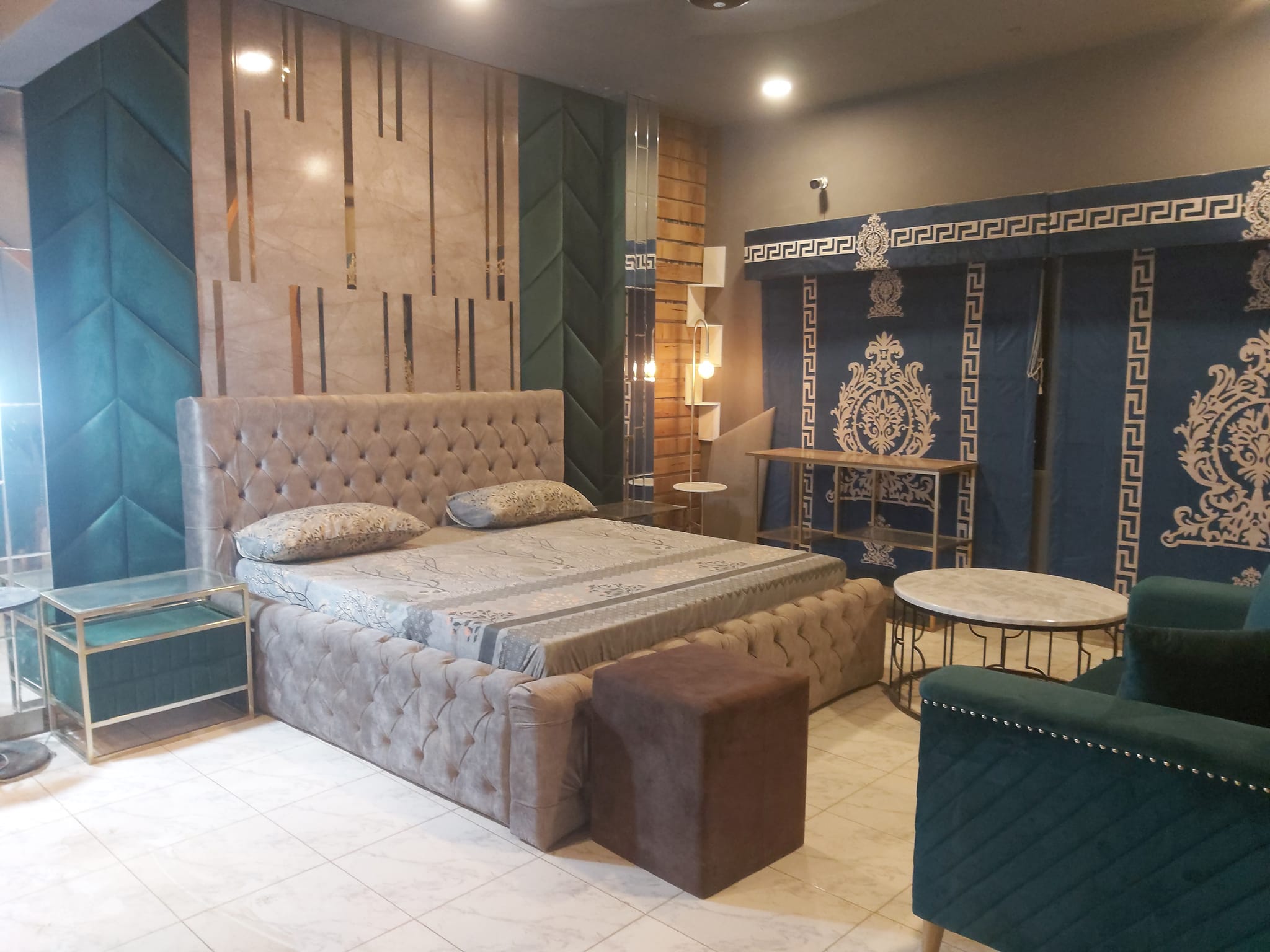Furniture plays a pivotal role in shaping the functionality and aesthetics of living spaces, serving as essential elements in both residential and commercial environments. Beyond mere utilitarian purposes, furniture contributes to the overall ambiance and style of a space, reflecting the tastes and preferences of its inhabitants.
The diversity of furniture designs and styles allows individuals to express their personality and create unique, personalized environments. From classic and traditional pieces to modern and avant-garde designs, furniture serves as a canvas for self-expression, providing individuals with the opportunity to curate spaces that resonate with their lifestyle and values.
The materials used in furniture construction further influence its durability, comfort, and visual appeal. Wood, metal, plastic, and a variety of other materials are employed to create a wide range of furniture pieces, each with its own set of characteristics and benefits.

Sustainable and eco-friendly practices have gained prominence in the furniture industry, with a growing emphasis on using recycled materials and environmentally conscious manufacturing processes. This shift reflects a broader societal awareness of the environmental impact of consumer choices and a desire to integrate sustainability into everyday living.
In addition to its aesthetic and functional aspects, furniture also plays a crucial role in enhancing the ergonomic design of living and working spaces. Well-designed furniture contributes to the comfort and health of individuals by providing proper support and promoting good posture.
As workspaces continue to evolve, with an increasing emphasis on remote and flexible work arrangements, furniture design adapts to meet the changing needs of modern lifestyles. From ergonomic office chairs to versatile multipurpose furniture, the industry continually innovates to address the dynamic demands of contemporary living.



